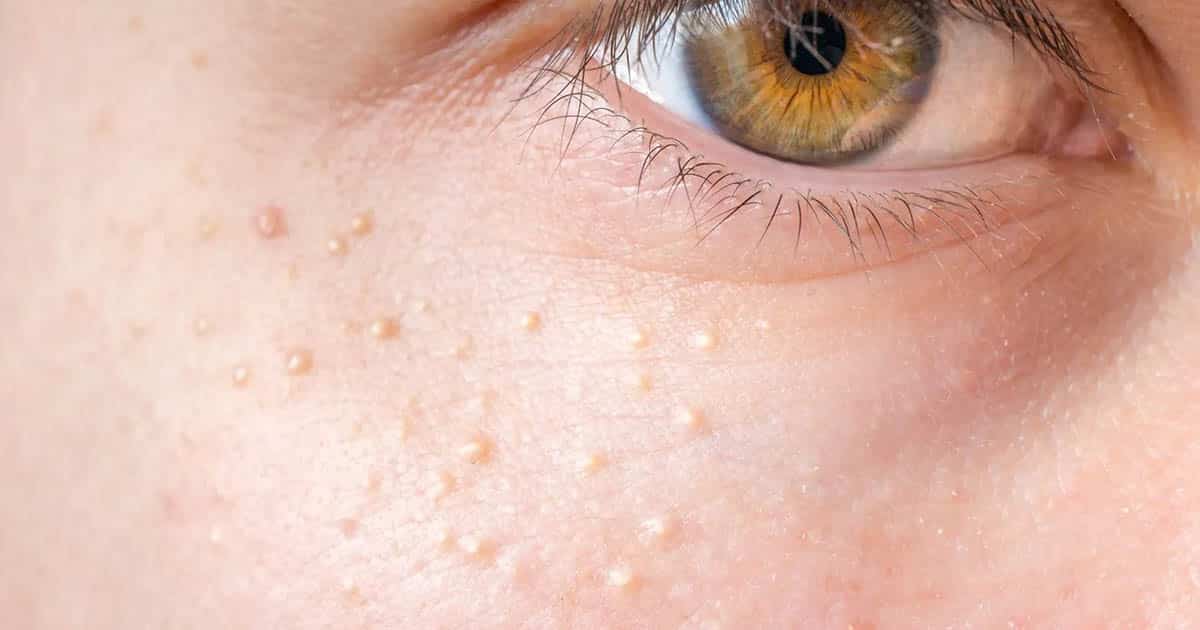2) Moisturizing Your Skin
Apply Moisturizer Right Out Of The Shower
Once you are out of the shower or tub, be sure to apply at least a light layer of lotion – this will help replace natural oils lost while washing, while sealing in any moisture retained from being submerged underwater.
- If you don’t have time for a shower but still need to hydrate your legs, enclose them with warm, wet material for 10-20 minutes to moisten skin cells and open pores, so the lotion can penetrate properly. This method also increases absorption.
Try To Use Lanolin-Based Creams.
Lanolin is one of the few products proven to have long-lasting effects on skin health, made of a natural wax produced by sheep that’s designed specifically to protect it.
- Liberally apply lanolin cream like Bag Balm every day for one week; once that week has passed, switch to applying just a light layer every three or four days.
- At night, you could also coat your legs in product before donning an old pair of pajamas over them in order to allow it to soak into your legs while you sleep.
Use Oils
Oils such as child, coconut, sesame seed and almond oils all make excellent creams that can help your skin to return to its regular state – but these may not always be the most long-term solutions.
- If you shave your legs using oil-based razors, oil can cause irritation to the hair follicle and lead to ingrown hairs. Therefore, while relying solely on oil for shaving can be counter-productive, applying some as a preventive measure may prove helpful in spurring new hair growth.
- However, oil is an incredible way to help your skin recover during times of change or during long winter days – both qualities make oil an invaluable product.
Avoid Most Other Moisturizers
Other lotions do little for your skin, simply leaving behind an opaque film on its surface. When searching for skin-nourishing ingredients such as humectants and emollients, avoid purchasing multiple creams that just waste your money.
- Products with ingredients such as lactic acid, Propylene glycol and urea will meet this need.
- One ingredient you must avoid at all costs is aroma. Bunches of synthetic scents can irritate skin, so try to steer clear.



